How To Make Your Child Fall In Love With Japanese Food
In Japan With Kids
Sushi. Ramen. Onigiri. For adults, trying new Japanese foods is an exciting adventure. For children new to living in Japan, however, Japanese food might seem more intimidating than fun. But there are a few ways to make them love it!
At our first sushi-go-round dinner upon moving to Japan, when my son was just under two years old, he stuck to French fries and wouldn’t try even a bite of sushi. We knew it would take a bit of patience and practice, but we also knew it was essential to teach our children to adjust to the cuisine of our new home.
Conventional wisdom teaches parents to serve new foods multiple times to children, prepared different ways and to understand that it might take many times before your child will even try a bite, let alone enjoy the new food.
Here are five practical ways through which you can increase the odds of your kid eating well in Japan despite being away from home.
1. Start small… and slow
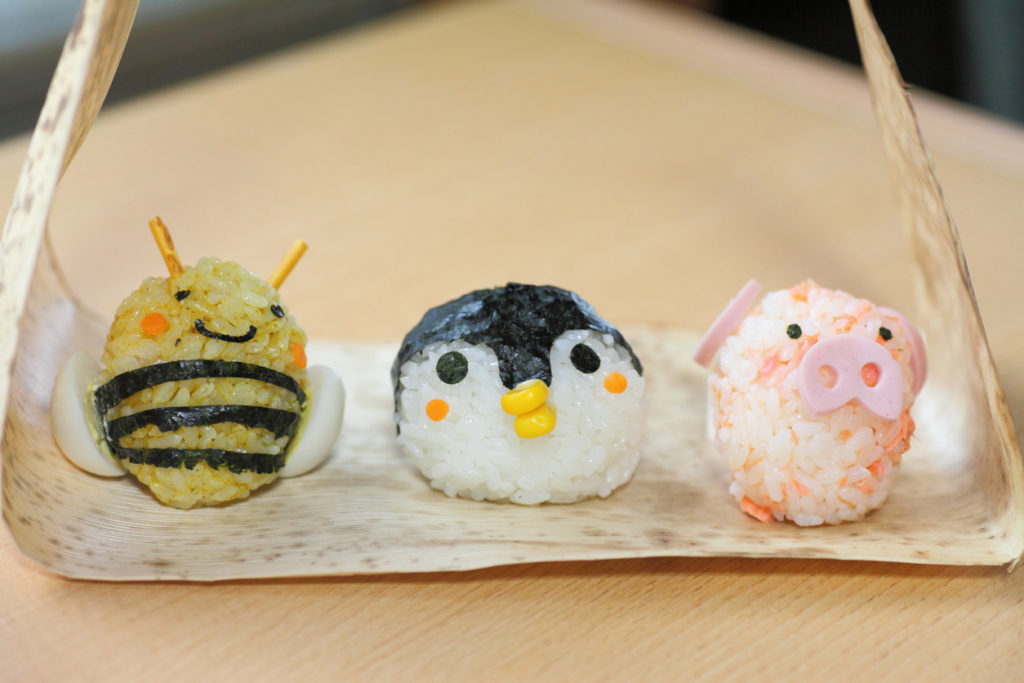
When recently chatting with a friend soon planning to move to Japan, I mentioned she should try to serve more rice at home now. It’s a staple of so many Japanese meals, it’s a reliable food my children will always eat, and it’s a good base from which to grow more adventurous about which foods the rice is topped with.
When a Japanese friend once saw me feeding rice to my baby daughter at lunch, she suggested mixing it with a bit of miso soup for a few reasons: It was easier to eat, it was more delicious and it helped get my baby get used to the flavors of Japanese foods.
The same general idea works with noodles. When restaurants offer us a set of children’s bowls and utensils, we would give our son some of the noodles from our ramen (noodle soup with meat and vegetables) — minus the soup. He’s since graduated to his own mini-bowl of ramen from the kids’ menu and eats everything along with the noodles.
2. Involve them in the obento-making process

At my son’s kindergarten, children eat the school lunches three days a week, and parents send in an obento (packed lunch) on the other two days. It’s a chance for the children to both try new foods through the school and to enjoy their standby favorites from home.
Making the obento together is a fun way to get your child interested in the food they eat.
Making the obento together is a fun way to get your child interested in the food they eat. Helping prepare the food often means they have a personal stake in how it turned out, and are eager to test the results. Children can help shape onigiri (rice balls) and select the fruits and veggies they want included. A bento box with dividers is a great way to include a variety of foods as well – sending in several favorites alongside some new foods is a good way to encourage your child to try the food, without the pressure.
3. Make food fun
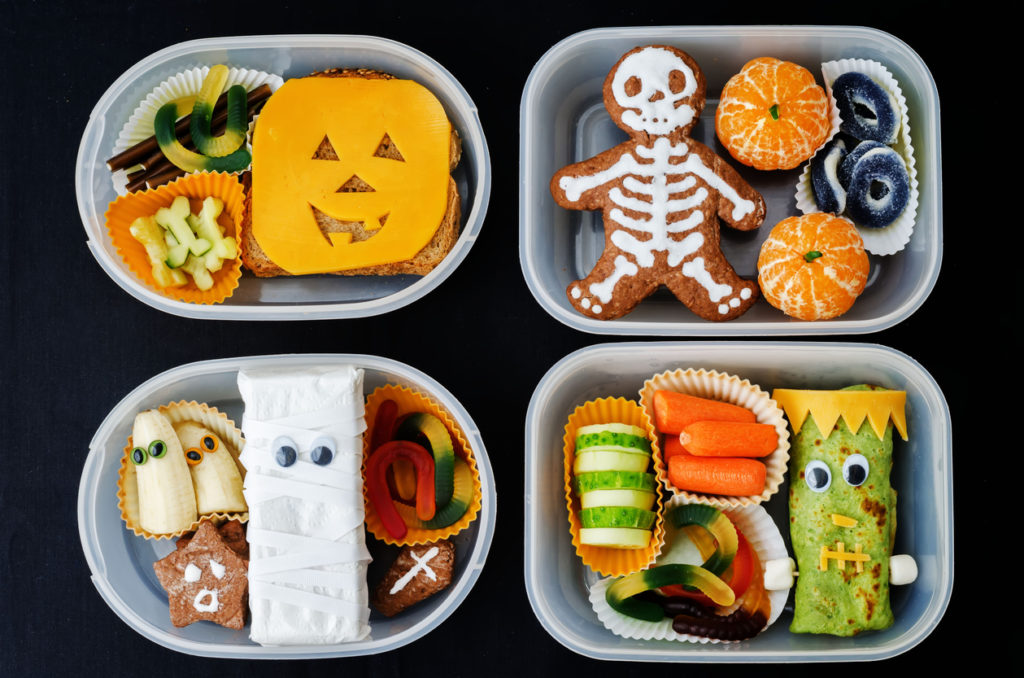
Many of us have grown up being told to never “play with food,” but as far as Japan is concerned, it could be the opposite. One of the best ways to get your child to try new things is to make them fun, and making food fun is one area where Japan excels. Stop by any ¥100 store and you’ll see aisles full of gadgets designed to make food more kawaii and cool. Egg shapers to turn hard-boiled eggs into animals, cutters that turn carrots and cucumbers into stars and hearts, and simple googly-eyed toothpicks to give any fruit or vegetable a silly expression — there are plenty of options in the market to make your food just a-little more fun!
On the first few days of my son’s class, I sent in blueberries with wide, plastic googly-eyed toothpicks and was happy to see that my son ate his entire obento — and couldn’t stop talking about his ‘silly’ blueberries.
After months of sending in a weekly onigiri, often with smiling cat faces made from a plastic rice shaper and a cutter for the nori (dried seaweed), it’s now my son’s favorite food. Best of all, it’s one he enjoys now whether or not there are cute cat faces included.
4. Enjoy kids’ meals at restaurants
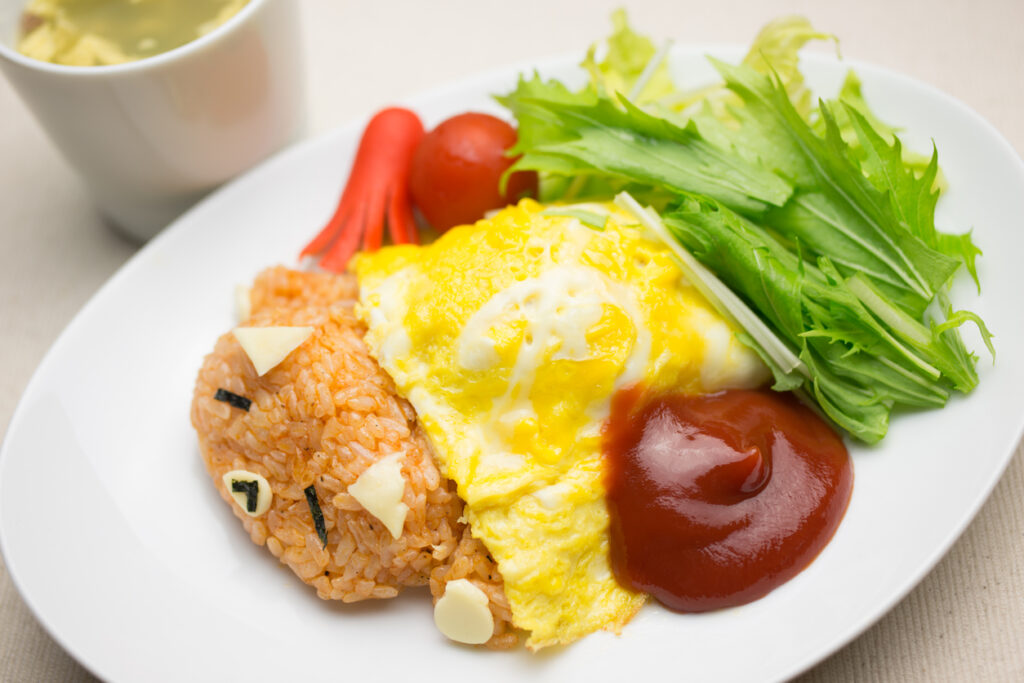 © Photo by iStock: runin
© Photo by iStock: runinJapan’s kids’ menus were a refreshing change of pace. Especially considering, in America, typical children’s meals always included French fries and soda, the Mini versions of the Japanese dishes were all served typically with salads, sliced vegetables, water and a small dessert. Though my son often asked for the dessert first, he’d go back and try all the other foods as well, until he began saving desserts for last.
Letting your child choose from these healthy kids’ menus – and choose what they’ll eat from the plate – is often another easy way to give them control over what they eat, while at the same time ensuring it is good for them.
5. Show them that Japanese food can be entertaining
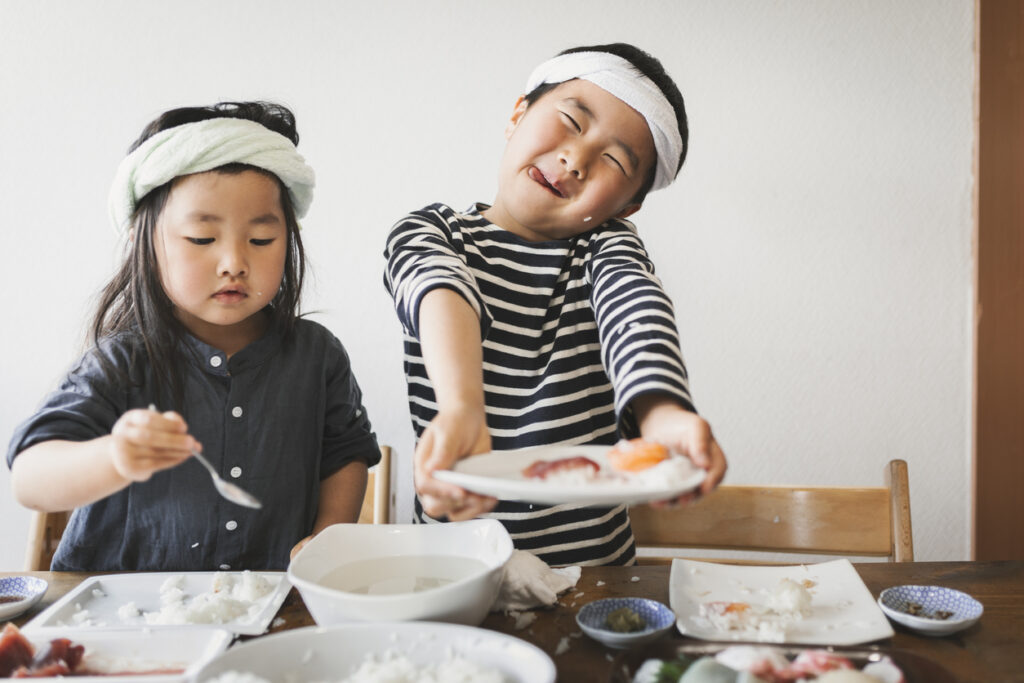 © Photo by iStock: kohei_hara
© Photo by iStock: kohei_haraJust as American children’s shows like Sesame Street have seen the importance of promoting healthy eating habits (Cookie Monster’s newfound love for vegetables?), so too has Japanese television. The adorable show Go! Go! Cook R’n on NHK Premium (Tue-Thu from 5:49 p.m.) features children cooking healthful meals, and anime versions of them doing everyday activities such as fending off monsters in grocery stores. Watching shows like this together also gives you a chance to chat with your child about how to make healthy food choices and why good nutrition is so important. It also helps them embrace the local food and understand it better — because cooking looks so much fun!
And my son at sushi-go-rounds? By his fifth trip, he polished off a natto roll… the one Japanese food even I don’t eat!
Did your child enjoy Japanese food from the start? Share your experiences in the comments!












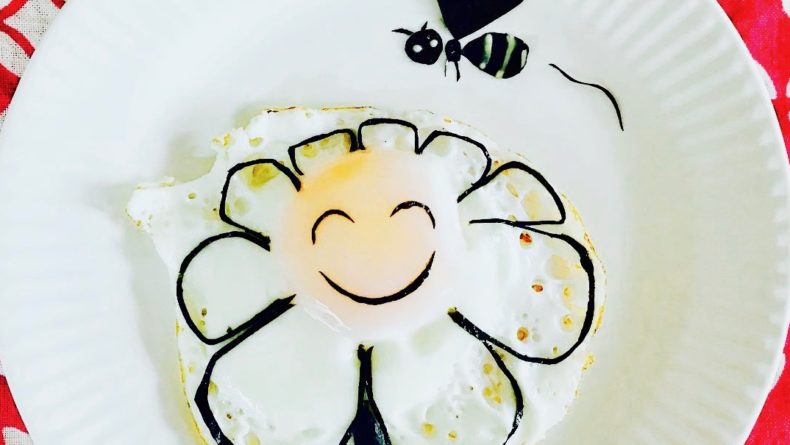

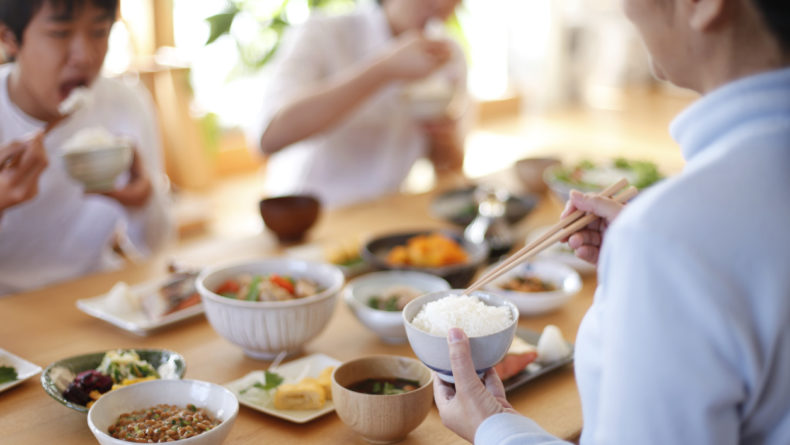
Leave a Reply